Year 3
The proficiency strands understanding, fluency, problem-solving and reasoning are an integral part of mathematics content across the three content strands: number and algebra, measurement and geometry, and statistics and probability. The proficiencies reinforce the significance of working mathematically within the content and describe how the content is explored or developed. They provide the language to build in the developmental aspects of the learning of mathematics. The achievement standards reflect the content and encompass the proficiencies.
At this year level:
- understanding includes connecting number representations with number sequences, partitioning and combining numbers flexibly, representing unit fractions, using appropriate language to communicate times, and identifying environmental symmetry
- fluency includes recalling multiplication facts, using familiar metric units to order and compare objects, identifying and describing outcomes of chance experiments, interpreting maps and communicating positions
- problem-solving includes formulating and modelling authentic situations involving planning methods of data collection and representation, making models of three-dimensional objects and using number properties to continue number patterns
- reasoning includes using generalising from number properties and results of calculations, comparing angles and creating and interpreting variations in the results of data collections and data displays.
(source: www.australiancurriculum.edu.au)
Achievement Standard
By the end of Year 3, students recognise the connection between addition and subtraction and solve problems using efficient strategies for multiplication. They model and represent unit fractions. They represent money values in various ways. Students identify symmetry in the environment. They match positions on maps with given information. Students recognise angles in real situations. They interpret and compare data displays.
Students count to and from 10 000. They classify numbers as either odd or even. They recall addition and multiplication facts for single-digit numbers. Students correctly count out change from financial transactions. They continue number patterns involving addition and subtraction. Students use metric units for length, mass and capacity. They tell time to the nearest minute. Students make models of three-dimensional objects. Students conduct chance experiments and list possible outcomes. They conduct simple data investigations for categorical variables.
(source: www.australiancurriculum.edu.au)
- Plus Plan
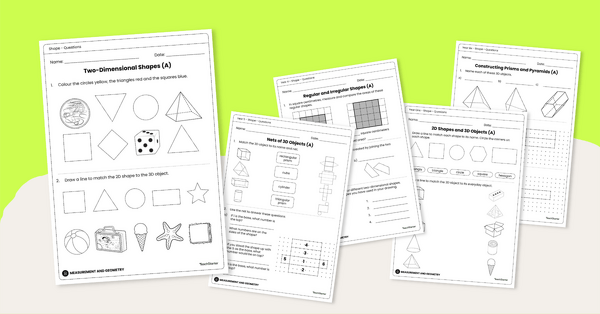
Shape Worksheet Sets (Foundation to Grade 6 Level)
Use these levelled worksheets sets with your primary school students to explore 2D shapes and 3D objects!
- Plus Plan
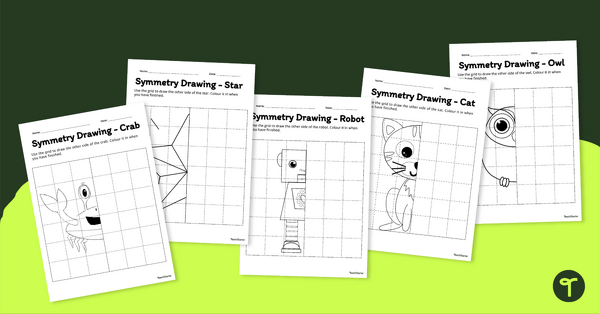
Symmetry Drawing Worksheet Pack
Teach your students about symmetry using this series of drawing worksheets where they must copy an image symmetrically using grid lines for reference.
- Free Plan
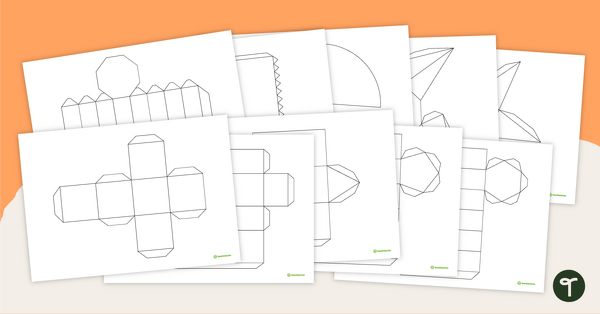
Nets of 3D Objects
Create a variety of 3D shapes with this comprehensive set of net templates.
- Plus Plan
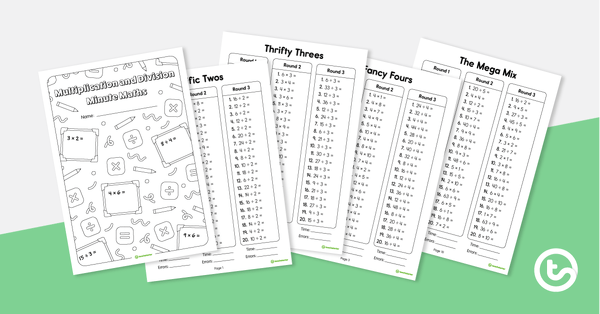
Multiplication and Division Minute Maths Booklet
A maths mentals booklet with ten pages of multiplication and division questions.
- Plus Plan
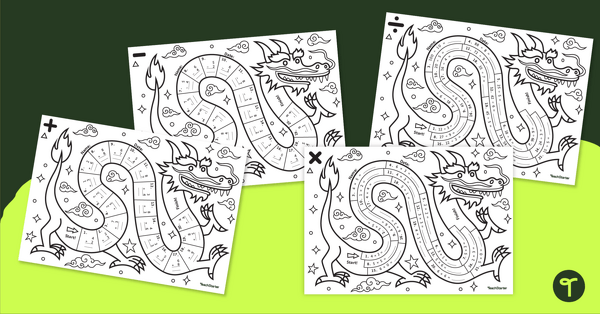
Dominate the Dragon – Mental Maths Worksheets
Capture your students' interest in maths drills for all four operations with these fun dragon-themed differentiated maths worksheets.
- Plus Plan
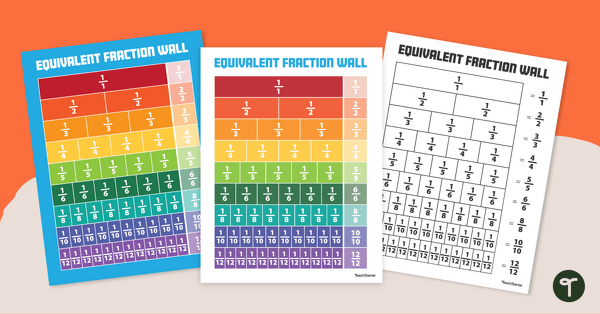
Equivalent Fraction Wall Poster
Guide students to develop an understanding of fractions with the same value by using an equivalent fractions chart in your classroom.
- Plus Plan
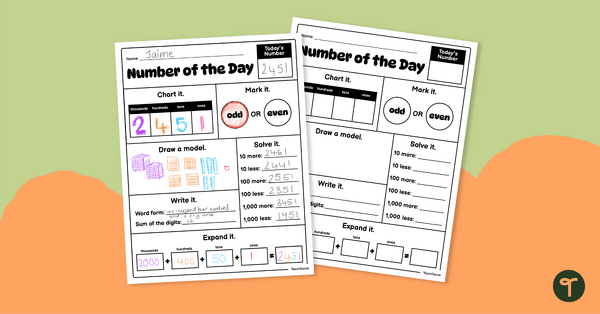
Number of the Day Worksheet
Explore 4, 5, and 6-digit numbers using this number of the day worksheet with your students.
- Plus Plan
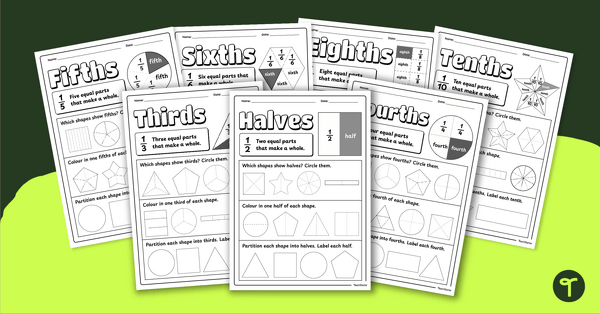
Introduction to Unit Fractions Worksheet Pack
Introduce your students to unit fractions with this set of teacher-created worksheets.
- Plus Plan
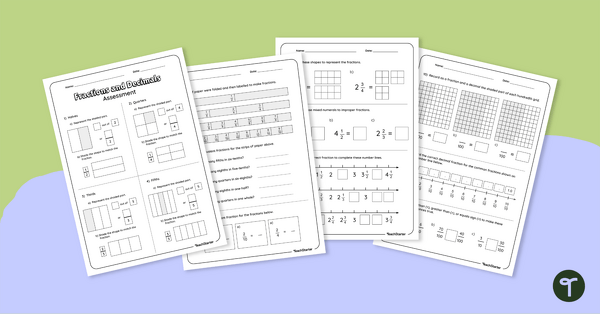
Fractions and Decimals Assessment
Assess students' knowledge of various decimals and percentages concepts with this four-page worksheet.
- Plus Plan
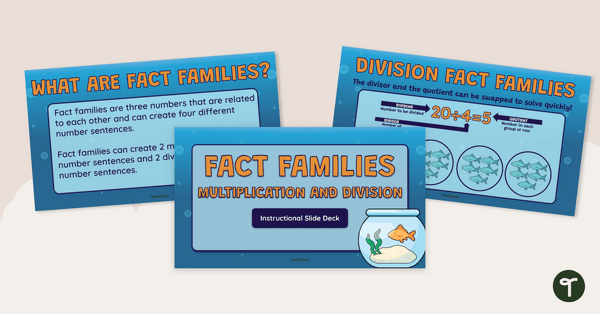
Multiplication and Division Fact Families Teaching Slides
Introduce multiplication and division fact families to your students with this teaching slide deck.
- Plus Plan
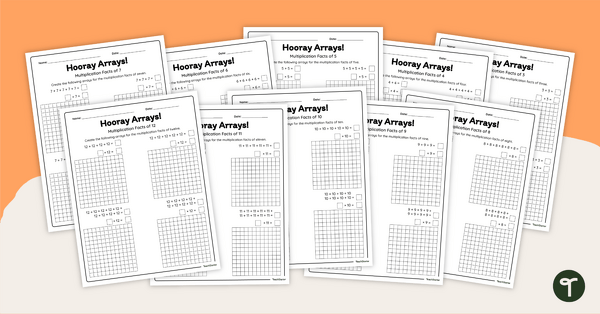
Hooray Arrays! Multiplication Worksheet Pack
Download this set of array worksheets to use when teaching your students how to relate addition and multiplication.
- Plus Plan
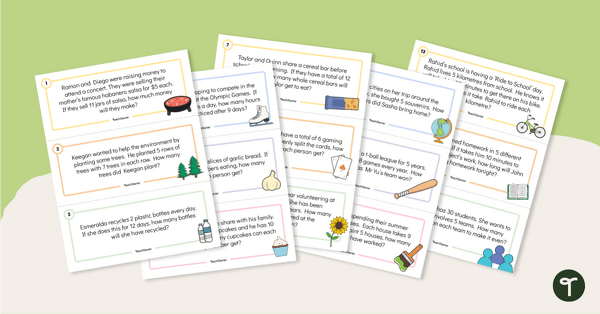
Multiplication and Division Word Problems Task Cards (Facts of 2, 5 and 10)
Use a range of strategies to solve multiplication and division problems with 2, 5 and 10 times tables.
- Plus Plan
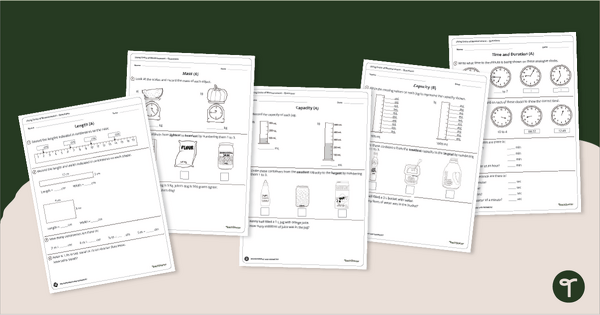
Year 3 Using Units of Measurement Worksheets Bundle
Download year 3 worksheets for using units of measurement that are linked to the Australian Curriculum.
- Plus Plan
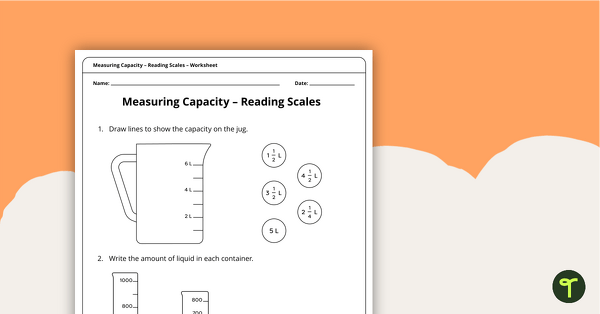
Measuring Capacity – Reading Scales Worksheet
Use this capacity worksheet to give students practice at reading scales on containers to measure capacity.
- Plus Plan
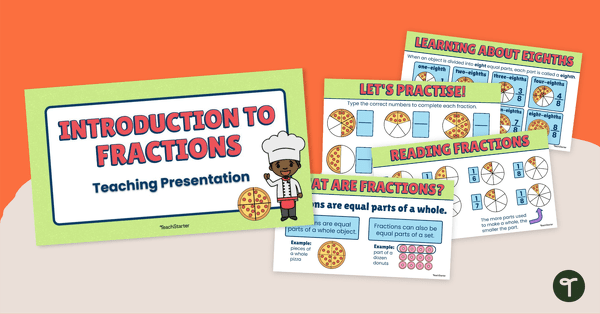
Introduction to Fractions – Interactive Teaching Presentation
Use this teaching presentation to teach your students how to identify the parts of a fraction, determine equal and unequal parts and use numerators and denominators to write fractions.
- Free Plan
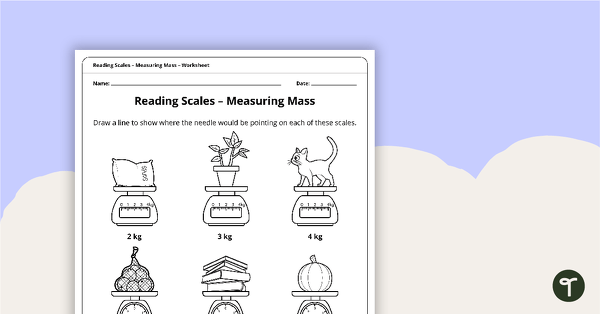
Reading Scales – Measuring Mass Worksheet
A worksheet for students to use when learning to read scaled instruments to measure mass.
- Plus Plan
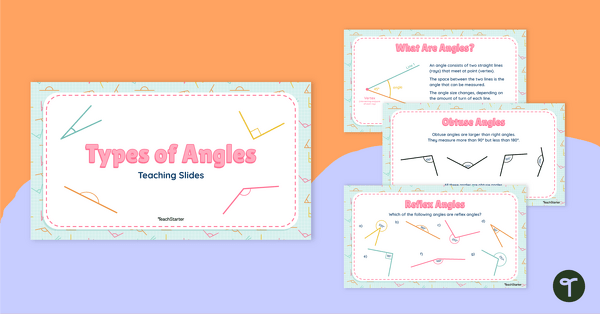
Types of Angles Teaching Slides
Teach your students about the six main angle types with this teaching presentation perfect for primary school maths lessons.
- Free Plan
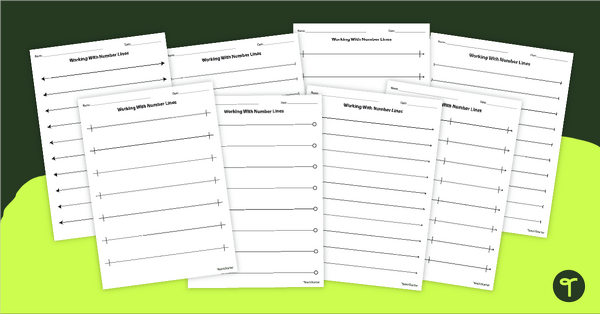
Blank Number Lines - Printable
Print a set of open number lines to help you teach a variety of maths skills.
- Plus Plan
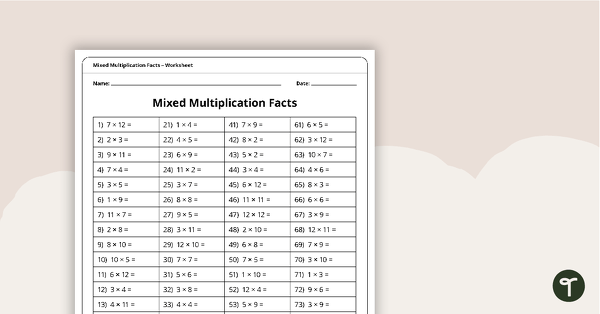
Multiplication and Division Speed Drill Worksheets – Mixed Facts
A set of worksheets to help students develop fast and accurate recall of the multiplication tables.
- Plus Plan

Types of Angles Poster Pack
Remind your students about the most common types of angles with this set of six classroom posters.
- Plus Plan
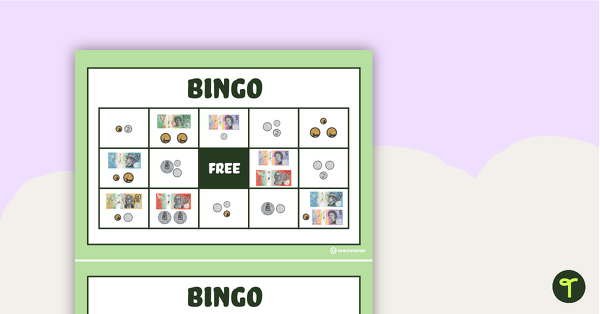
Money Bingo – Australian Currency
32 different bingo cards using notes and coins.
- Plus Plan
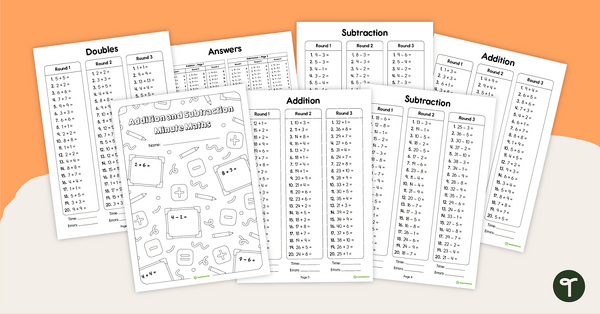
Addition and Subtraction Minute Maths Booklet
A maths warm-up booklet with ten pages of addition and subtraction questions.
- Free Plan

Free Telling Time to the Minute Worksheets
A worksheet for telling time to the minute and converting between analogue and digital times.
- Plus Plan
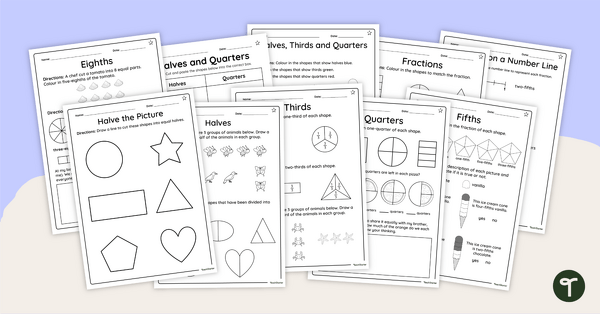
Fractions Worksheet Pack – Differentiated
Practise partitioning shapes, shading in fraction models, representing fractions on a number line and more with this set of differentiated worksheets.
- Free Plan
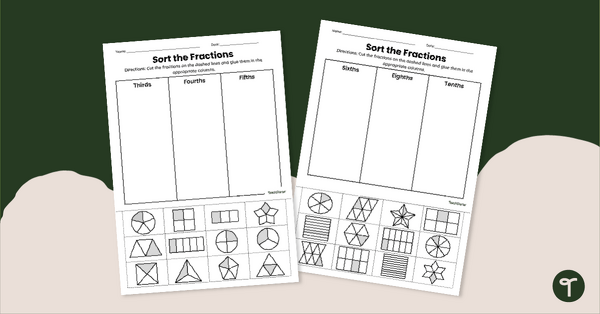
Sorting Unit Fractions Cut and Paste
Sort different unit fraction visualisations with these cut-and-paste unit fraction worksheets.
- Plus Plan
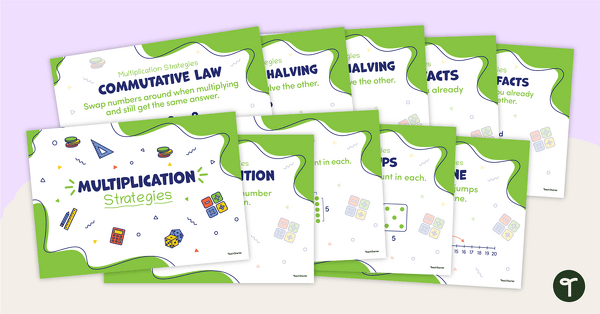
Multiplication Strategies – Classroom Poster Pack
Use this set of posters when teaching different multiplication strategies.
- Plus Plan
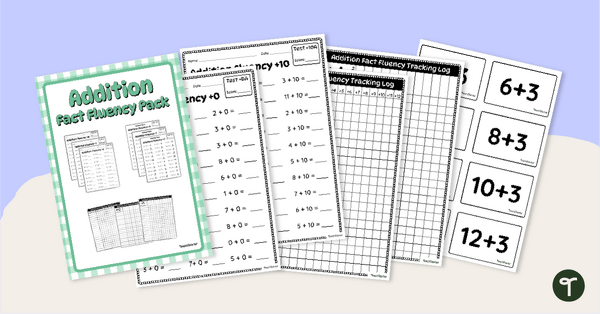
Addition Fact Maths Drills & Progress Trackers
Assess and track addition fact fluency with a printable Number Fact Fluency pack.
- Plus Plan

Telling the Time Poster
Help your students learn to tell the time to the hour, half-hour, quarter, and minute with a printable Telling the Time anchor chart PDF.
- Plus Plan
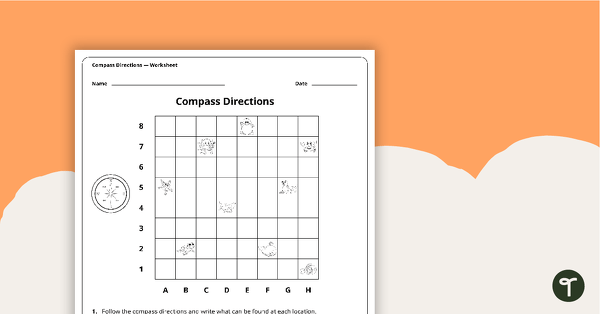
Compass Directions Worksheet
A worksheet to use when exploring grids, grid references and direction.
- Plus Plan
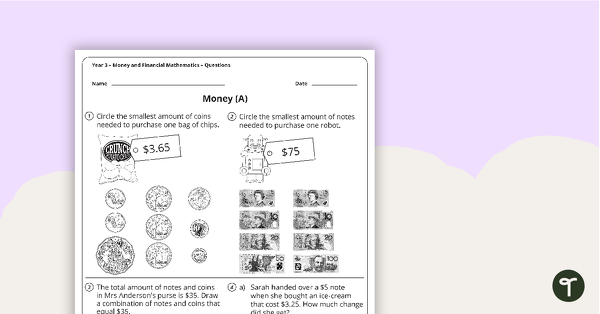
Money and Financial Mathematics Worksheets - Year 3
2 money and financial mathematics worksheets linked to the Australian Curriculum.
- Plus Plan
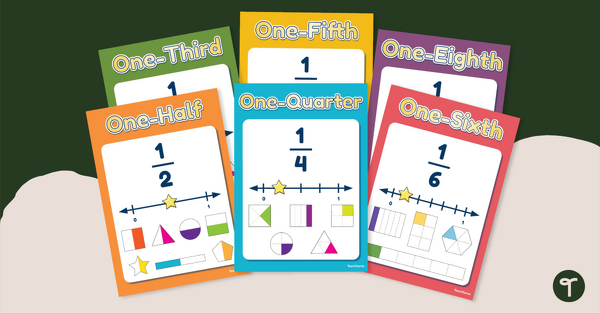
Unit Fractions – Poster Pack
Display unit fraction models with this set of 6 classroom posters.
- Free Plan
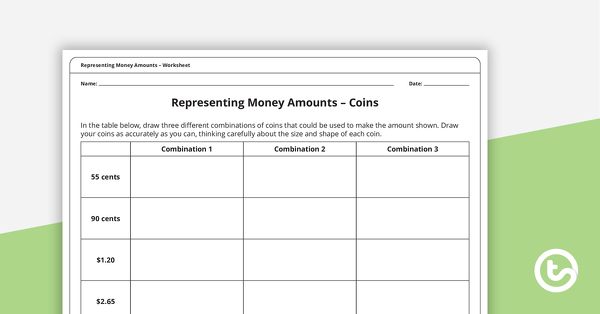
Representing Money Amounts – Worksheet
A worksheet for students to practise representing money amounts in multiple ways.